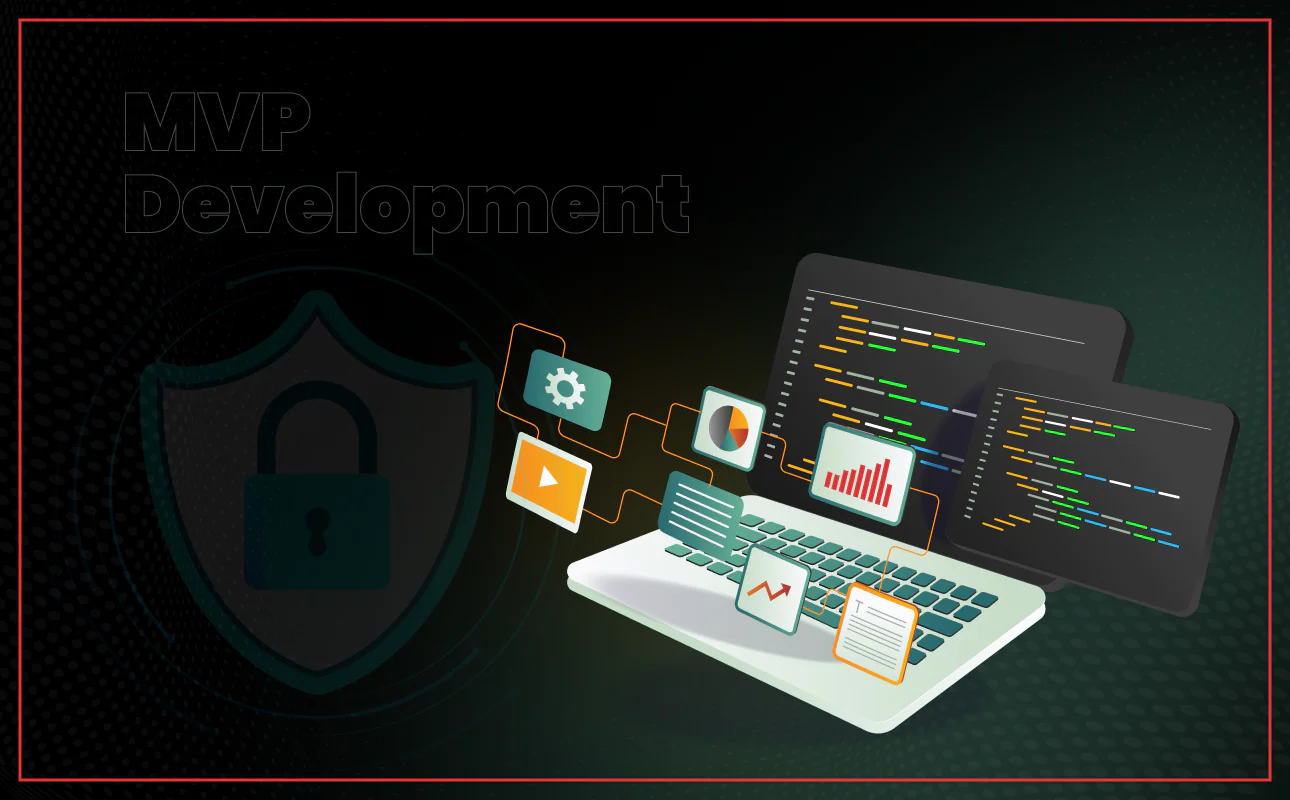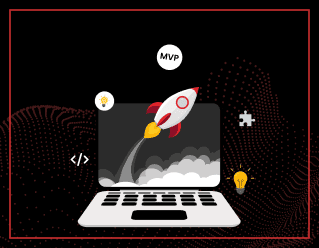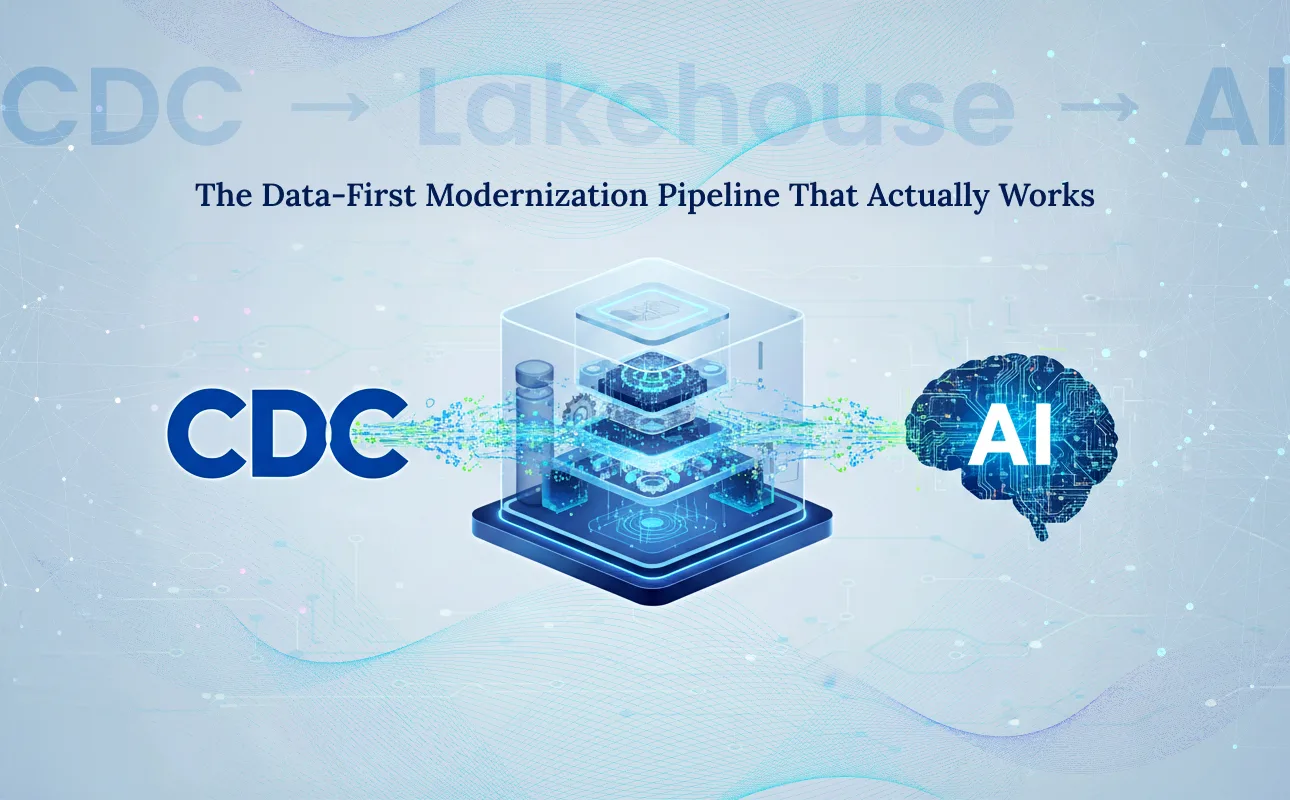Launching a startup is a thrilling rollercoaster. You’ve got a bold idea, the passion to back it up, and maybe even a few investors on board. But here’s the raw truth is that almost 9 out of 10 startups fail, and one of the biggest reasons is building too much, too soon, without validating the demand.
It’s like pouring your life savings into building a luxury hotel… without checking if tourists are actually visiting the city.
This is where MVP development for startups becomes your safety net — a smart, strategic move that turns guesswork into insight and risk into opportunity. It’s not about building less; it’s about building right. And when done well, a Minimum Viable Product (MVP) doesn’t just test your idea — it strengthens your foundation for long-term success.






